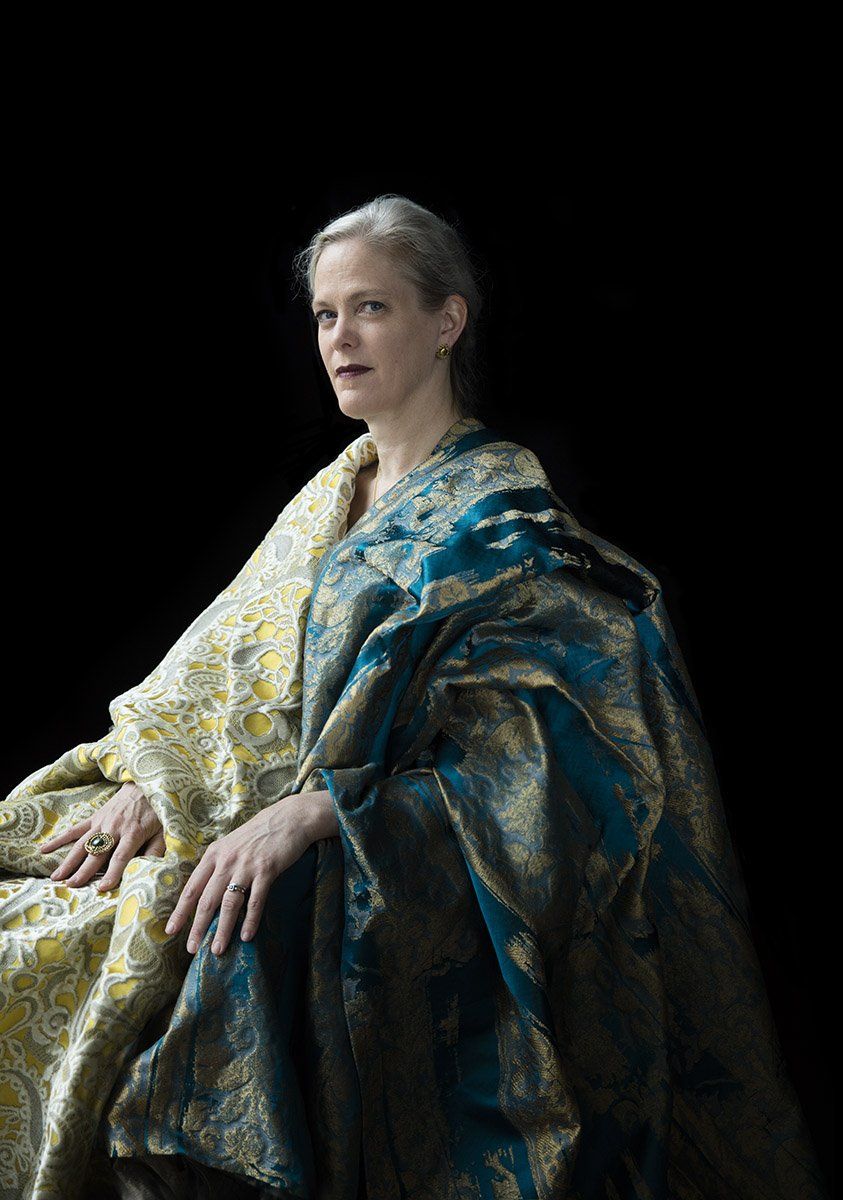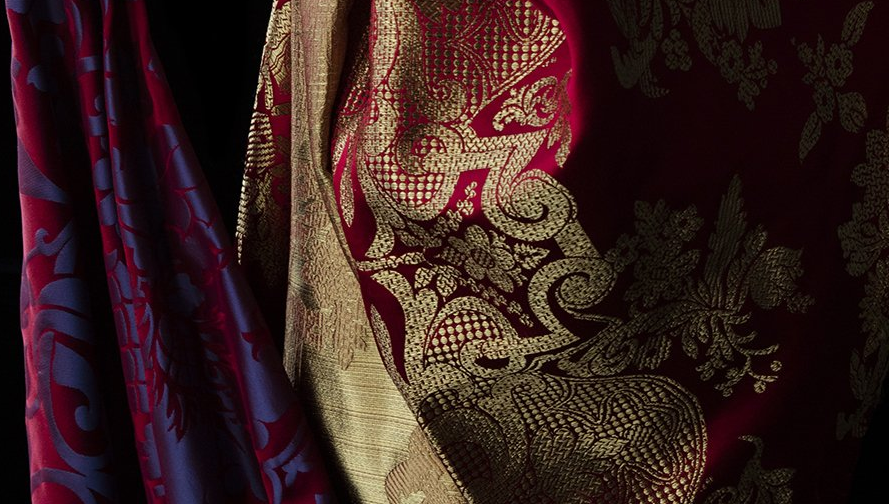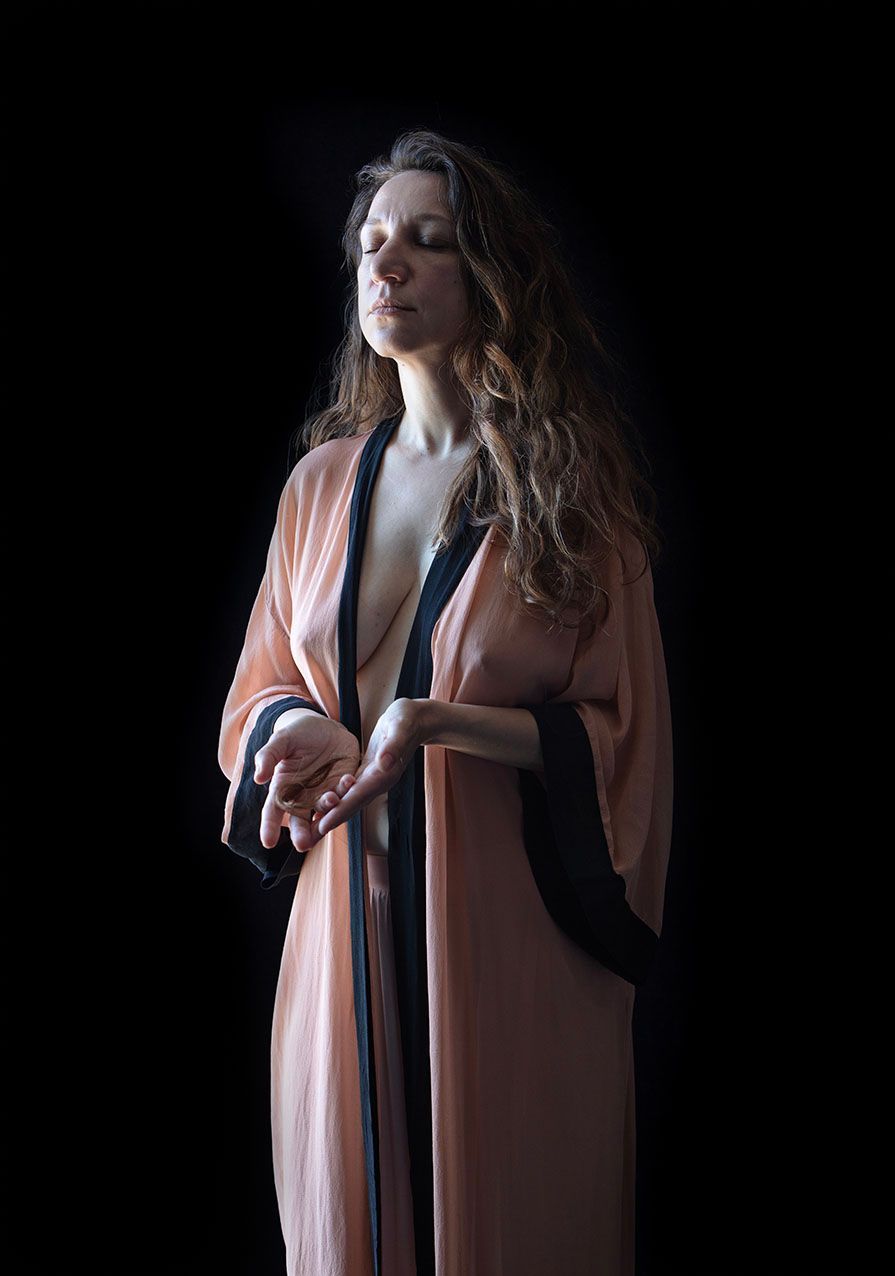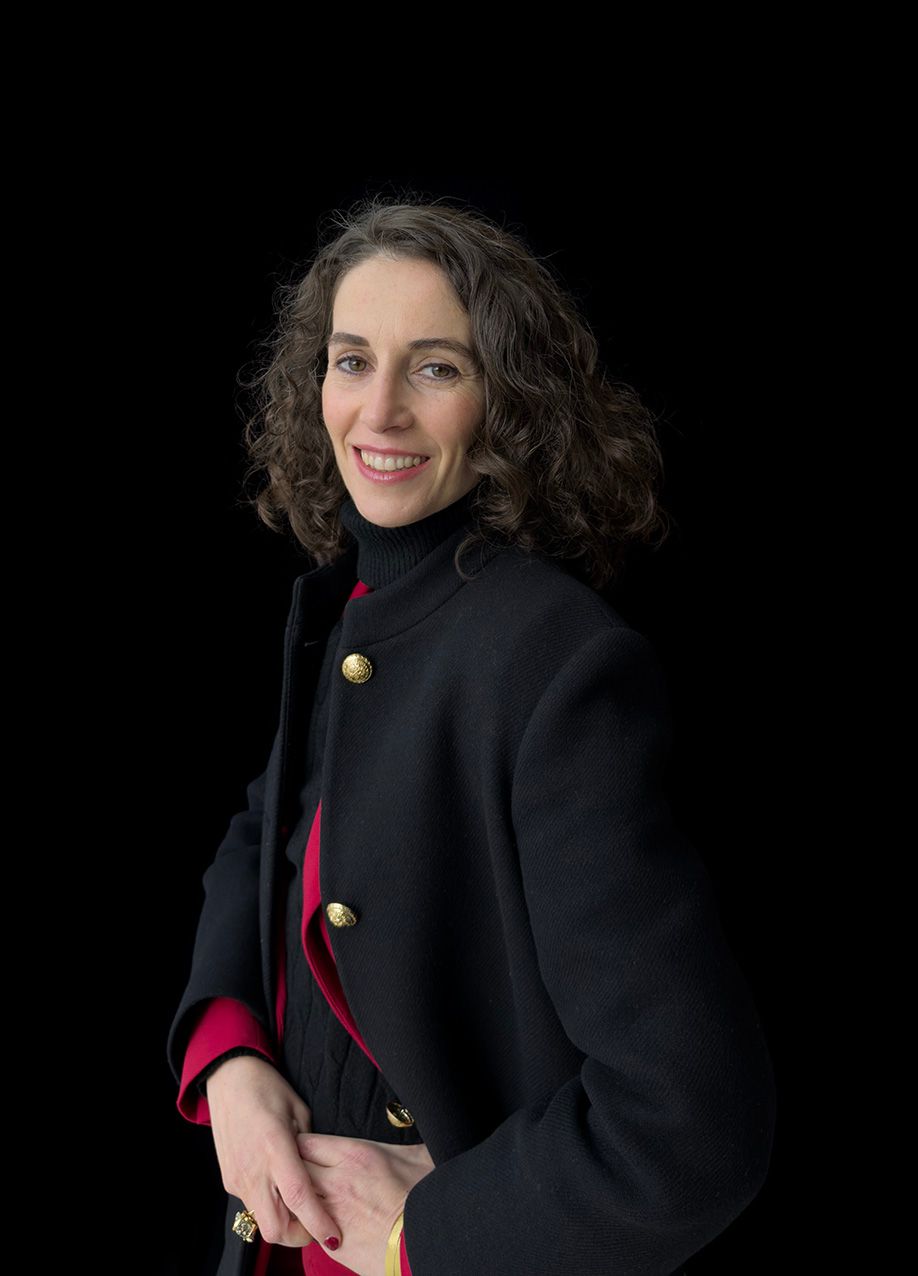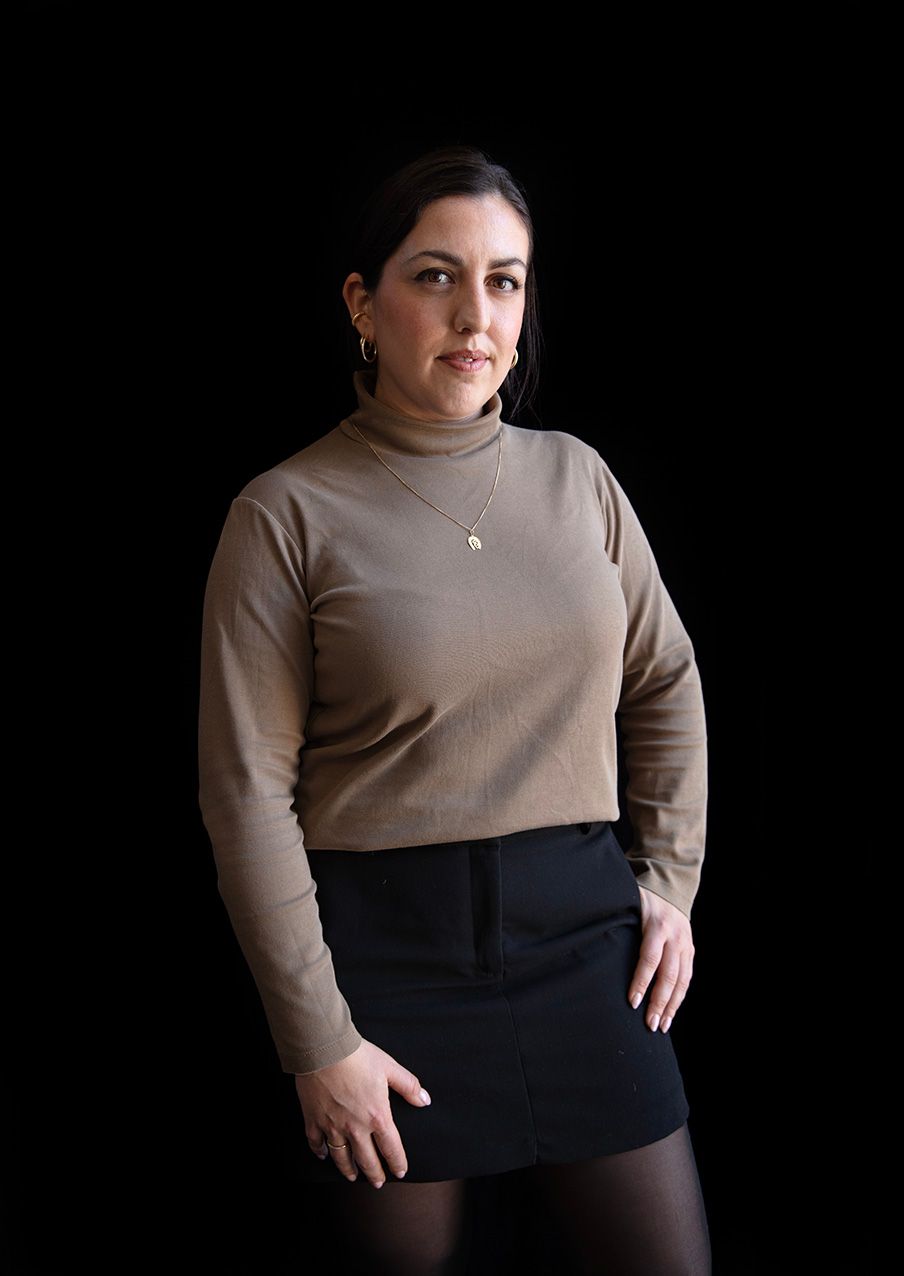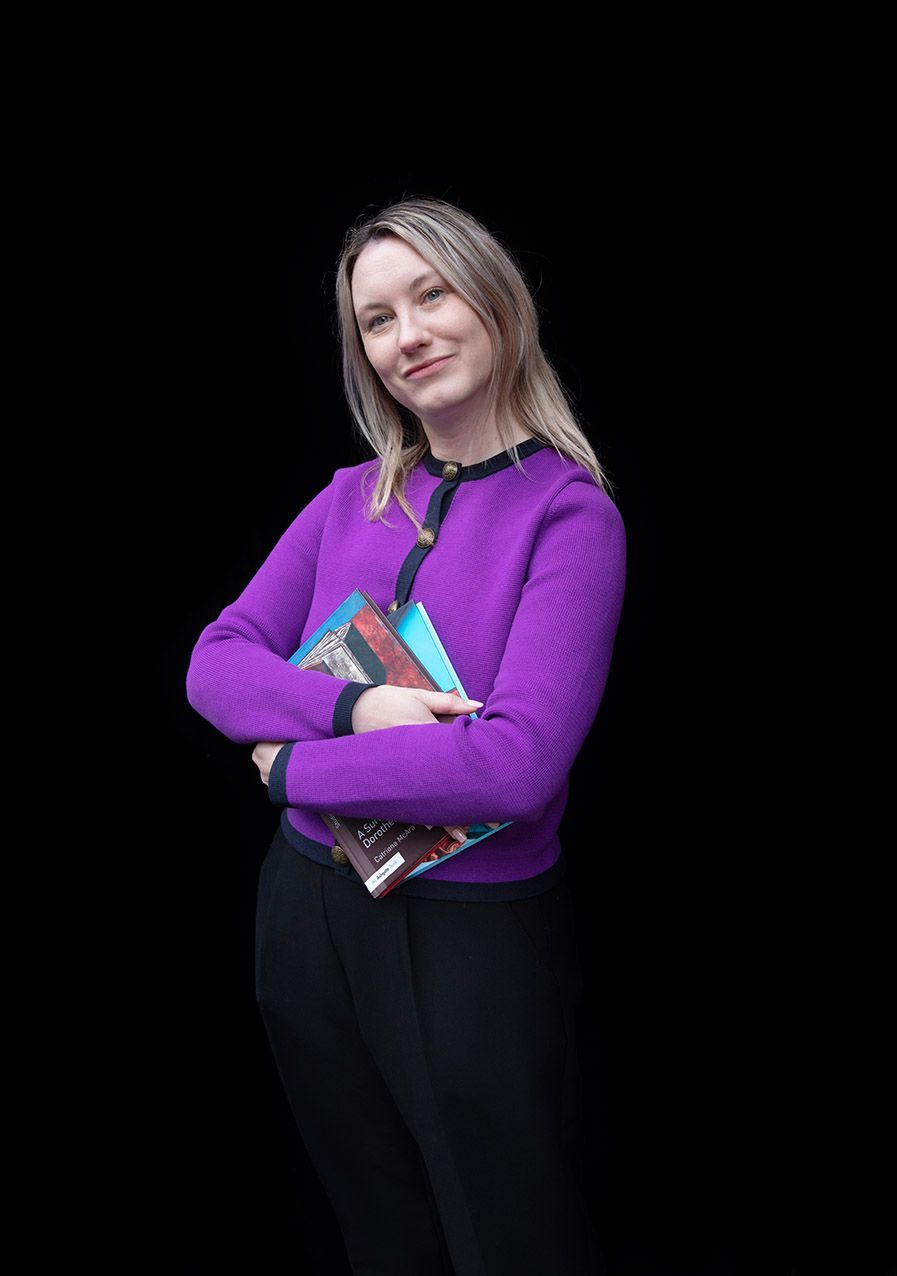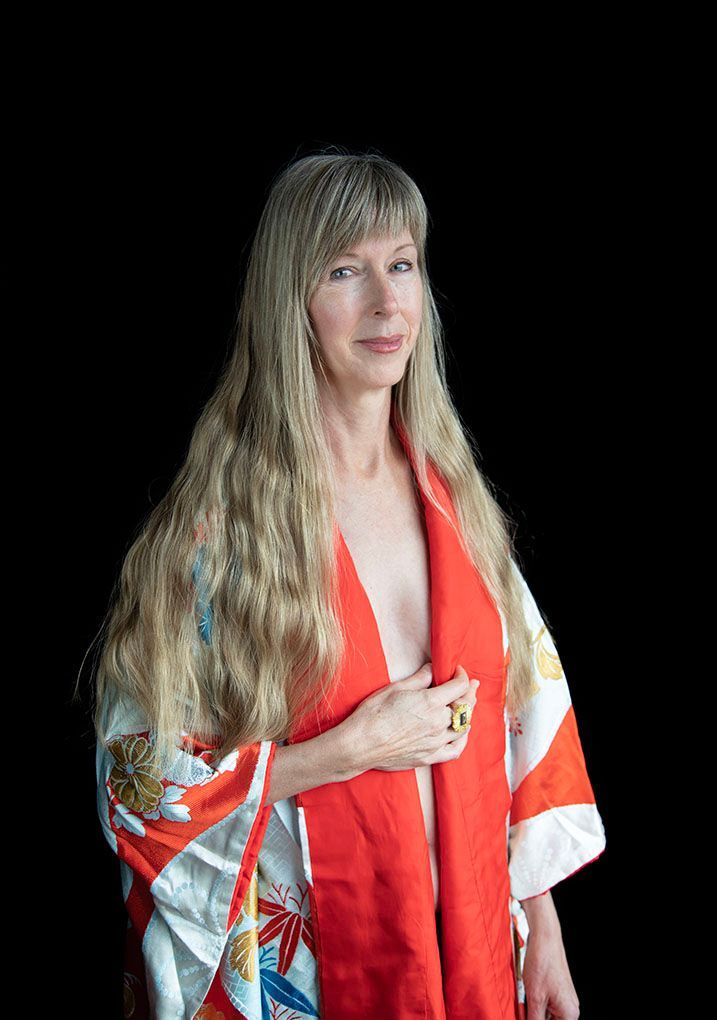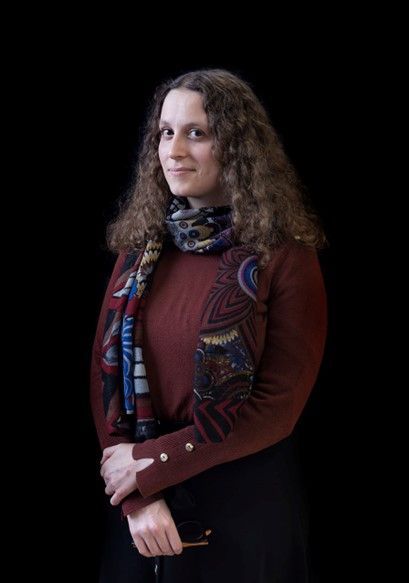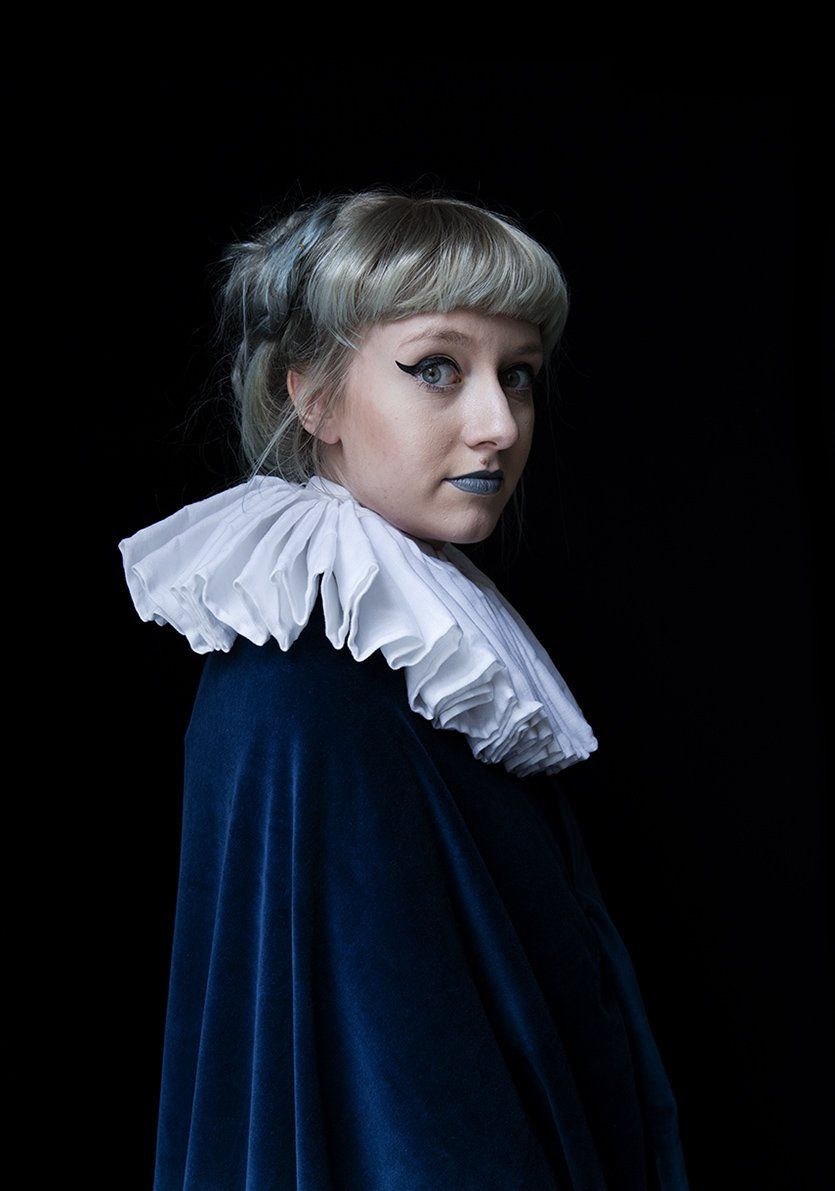Female Voices in Art: Marie du Chastel, art curator and expert in digital and new media art
"Nowadays, society is tending towards greater representativeness, but there is still a long way to go, not only in terms of representation in the art world but in many other sectors of society."

Marie du Chastel (b. 1984, Brussels, Belgium) is an art curator and expert in digital and new media art. She holds an MA in interactive media from the University of the Arts of London and an MA in advertising from IHECS Brussels. Since 2011, she’s been working as the main curator of KIKK, a non-profit association based in Namur (BE), exploring the crossovers between art, science, technology and society. She curates KIKK festival, an international festival of digital and creative cultures gathering 35,000 people every year in Namur. Marie is also the curator of Le Pavillon, an exhibition space which brings together artistic works, scientific research projects and technological innovations. Moreover, she runs KIKK's artistic production platform and residencies. Marie has been a member of the Digital Arts Commission of the Wallonia-Brussels Federation since 2014. In 2020, she was elected Francophone Woman of the Year 2020 by the AIMF (the International Association of Francophone Mayors).
Could you tell us something about your role in the art world?
I find it really interesting because I explore what is happening at the borders between different fields: art, science, technology and society. I observe transformations of a world in rapid evolution and question the implications of the development of new technologies and their impact on society. The speed of technological evolution and the resulting societal changes form a breeding ground for new artistic expressions that question the implications of these rapid transformations. The advent of new scientific discoveries or new technological advances such as the development of big data, data sciences, artificial intelligence or the appropriation of synthetic biology by non-academic communities, open up new perspectives of research, questioning and experimentation for artists. The field of exploration is becoming increasingly broad, as are the creative tools available to them. Many artists are interested in scientific discoveries and technological realities in order to explore the underlying social, ethical, environmental or philosophical issues. As artist James Bridle states, it is vital today to re-politicize our technological tools: "Those who cannot understand technologies are doomed to be consumed by them. [...] Technologies are political. Everything is political. If you don't see where the political is, you are the object of the political.”
What did you enjoy about being a part of this project?
I enjoyed discovering the variety of profiles and stories of women in the art world. I think those kinds of initiatives putting women in the spotlight are still necessary at the moment. It enables to raise awareness on the issues of systemic imbalance and invisibility of pioneering women in the art world.
Do you have a favourite artist?
Impossible to name one, what is interesting in my field is the diversity of media and practices.
What is your earliest memory involving art?
My mom works as an expert in ancient art, she’s been working for several auction houses in the past and so I’ve been involved in art since a very young age. Our family flat in Brussels is decorated in a very Baroque style, there are frescoes and trompe l'oeils painted on the walls, tapestries and quantities of objects gathered over 50 years on the tables in every room. When my sister and I were little, we were always getting yelled at because our parents were afraid we would drop things when we ran around the house. Maybe that's why I turned to more contemporary art later in my career :-)
Do you have any special thoughts about the position of women in the art world?
Nowadays, society is tending towards greater representativeness, but there is still a long way to go, not only in terms of representation in the art world but in many other sectors of society. Moreover, a great number of drifts are still threatening us. Knowing well the effect of role models when it comes to awakening vocations, I really appreciate those kind of initiatives. I make it a point of honour in my curation to represent the diversity of our society and program as many female or non-binary artists as males. In addition to that, since 2019, I have been developing the AfriKIKK project, in collaboration with curators based in Dakar, in which we highlight the artistic & digital creativity of Africa and its diaspora. We make a point of breaking stereotypes and raising awareness among future designers of the importance of building inclusive and ethical technologies by inviting artists, scientists, authors and researchers to share their approaches to the world, their thinking and their professional practice.
What are you wearing, and is there a story behind it?
I am wearing a coat by Krjst Studio, an artistic duo of two women; Erika Schillebeeckx & Justine de Moriamé, making contemporary tapestry projects. They create vibrant contemporary tapestries, alive as landscapes. They started as fashion designers with high-end ready-to-wear collections for women and men to gradually shift towards weaving and the production of exquisite, and sometimes monumental, tapestries. The jewellery is from my sister Caroline du Chastel, she is inspired by the ancient and antique jewellery’s tradition and history that she combines with modern designs. Her designs are timeless and entirely handmade by artisan goldsmiths and silversmiths using centuries-old traditional techniques. On one of the photographs I am wearing a costume made out of ‘Tati bags’, large bags made out of plastic with gingham pattern, that are made by Preci Numbi, an artist we exhibited at KIKK festival 2021 in the context of our AfriKIKK program. The project contrasts the cultural appropriation of these bags in the fashion world with the use of these bags by migrants and displaced populations.
Did the pandemic have an impact on your work and did you create new initiatives?
Yes a lot, we had to cancel all our events in 2020. As there were still uncertainties for the organisation of activities involving international artists in the following year, we privileged a more local approach with artists from Belgium or countries close-by. This also pushed us to reflect on the carbon impact of international travel and we’ve decided to limit overseas flights and favour train transport, when possible, for our next events.
What are you currently working on?
I am working on Le Pavillon, a new exhibition space run by KIKK in Namur, Belgium, exploring the crossovers between art, science, technology & society. The inaugural exhibition of the Pavilion in Namur entitled Biotopia: human & non-human coexistence ran from 18 June to 27 November 2022. Biotopia explores the world of living beings and matter by deconstructing the distinctions between plants, animals, micro-organisms and machines, and invites us to reflect on a better understanding of ourselves as human beings and the ecosystems in which we live.
Could you mention a project, an institution that, or a person who has been important in/inspiring for your career and why?
My 5th grade secondary school headteacher who ‘hacked’ the official educational program to teach us art, drawing and literature. Every week she was reading us the story of the Iliad and the Odyssey by Homer so vividly we were all fascinated by her words and the story. She also taught us to draw comics characters and to look at the beauty of the world.
